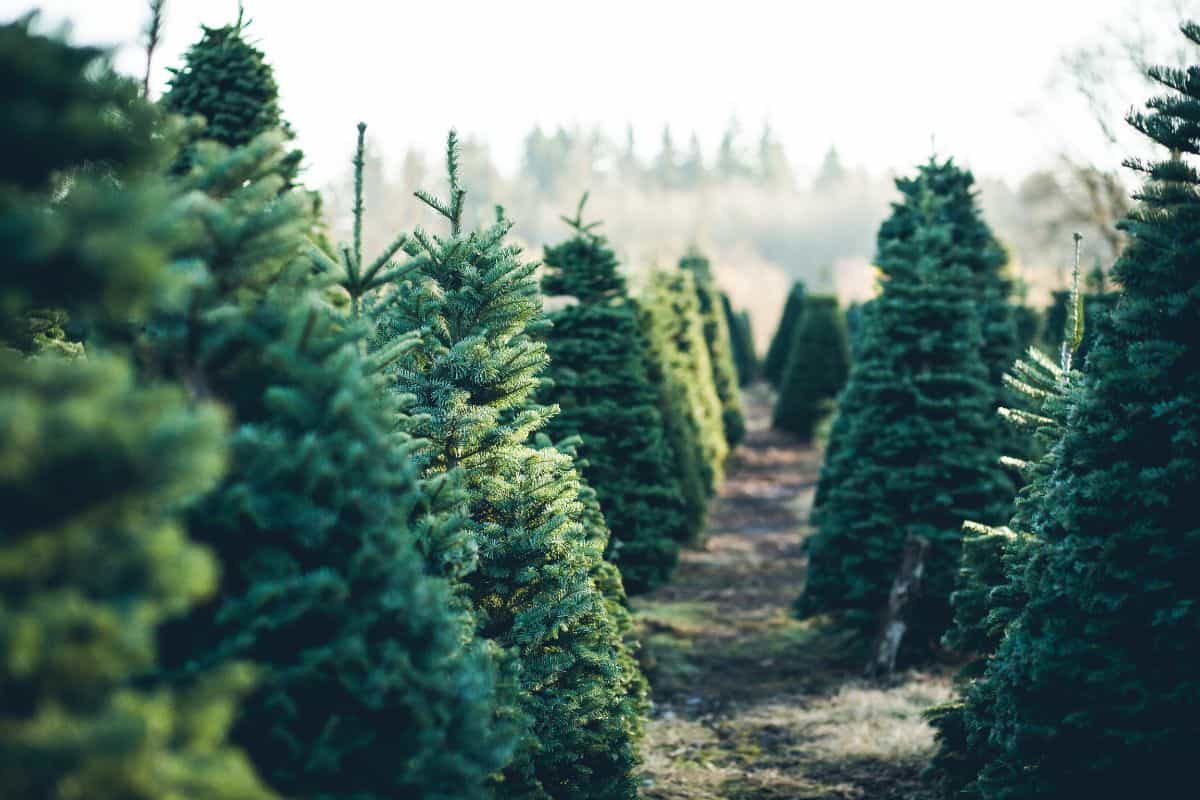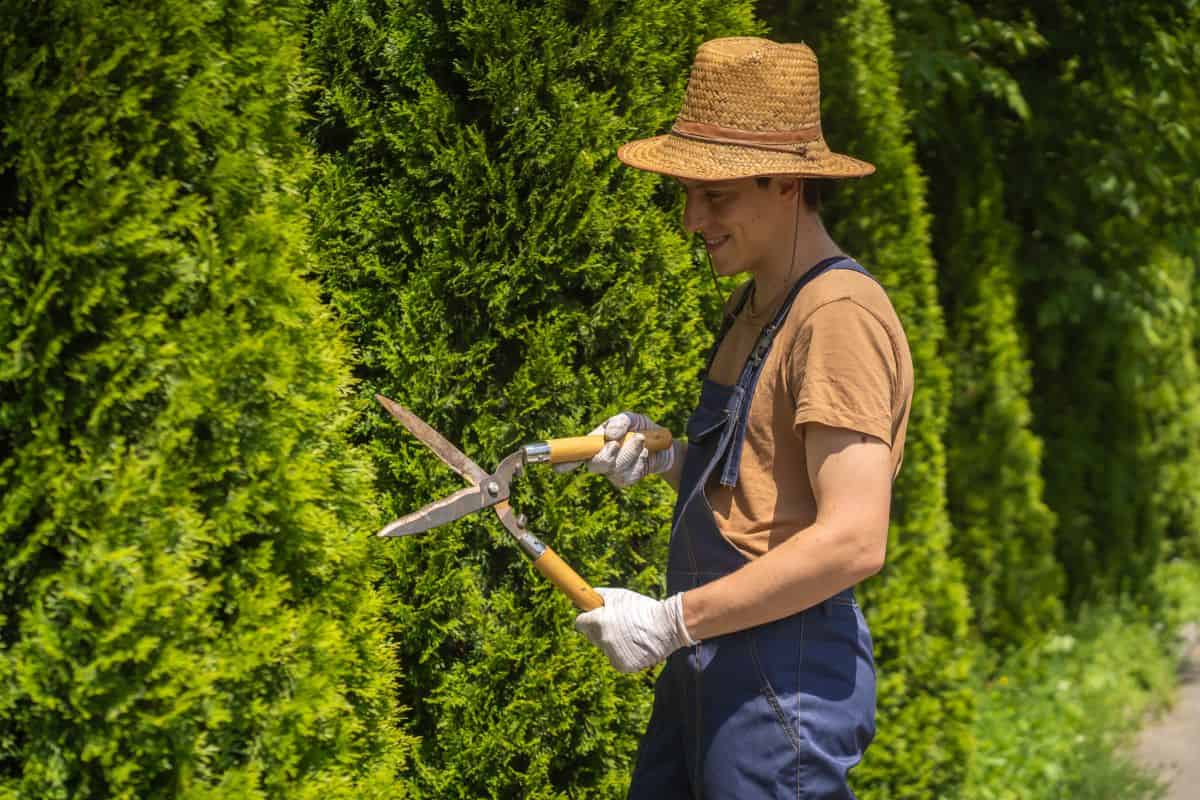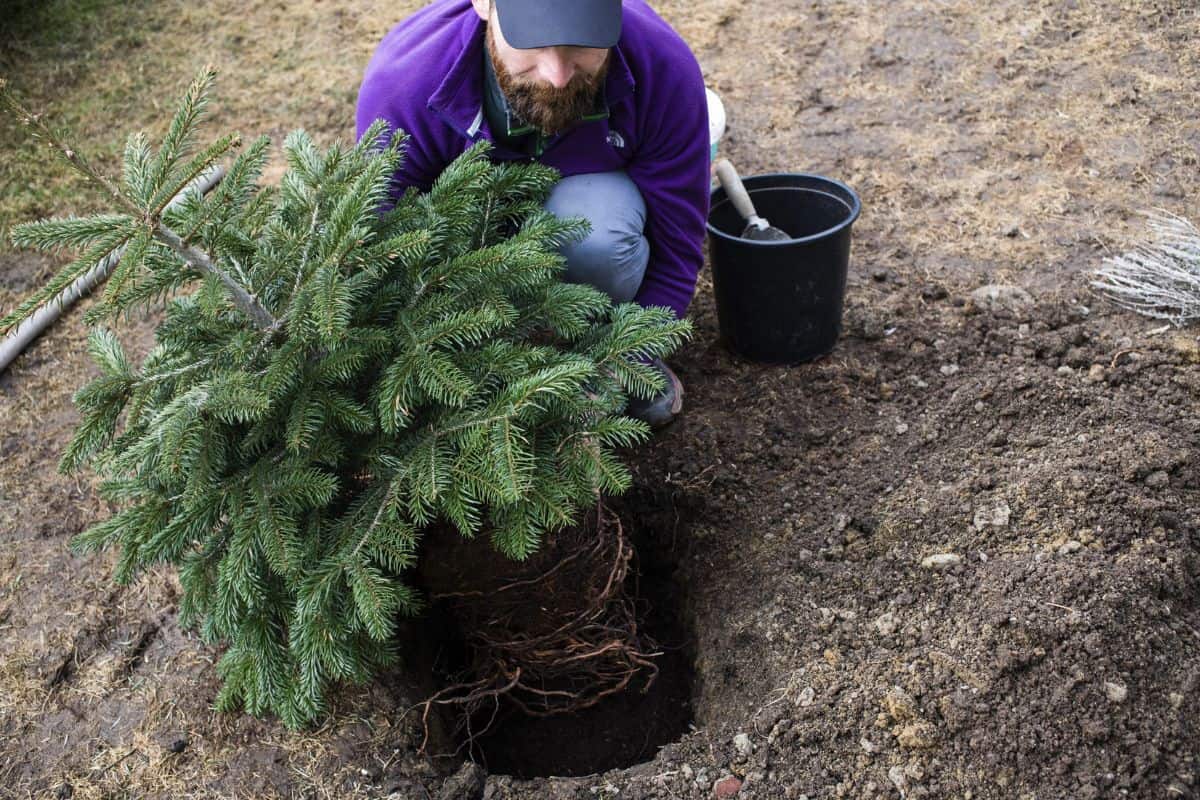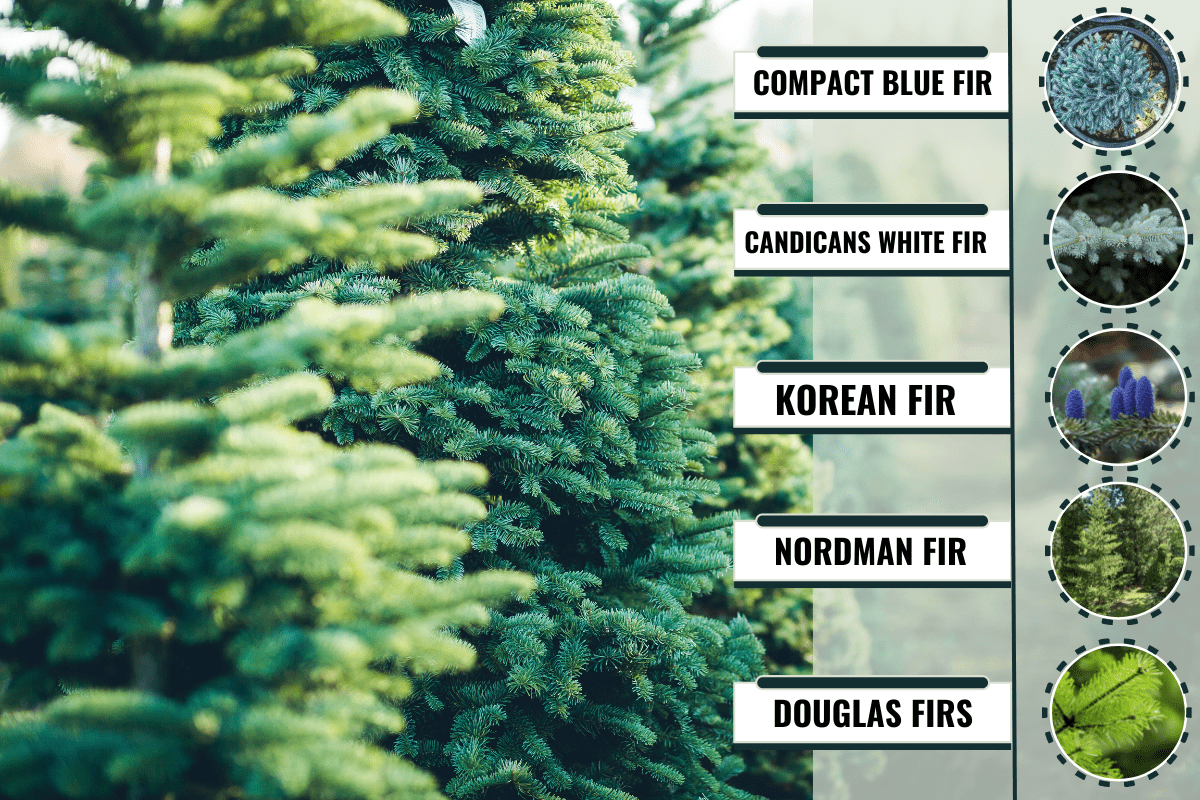Fir trees add dimension to our landscaping. Their branches are essential to keep a symmetrical look. However, they sometimes need to be cut, and sometimes they get removed because of extreme weather conditions. So, do Fir Tree branches grow back after being removed? We have researched answers to find out.
Unfortunately, fir tree branches don't grow back once they're removed. This is because coniferous trees focus their growth on the upper portions of the tree, as well as on the other developing branches. Because of this, horticulturists would advise you to be careful when pruning and cutting your fir tree.
There are many ways to maintain your fir tree's symmetrical shape so that it can add dimension to your landscape. The key is knowing how to take care of it and being familiar with the best time to prune and cut the branches. We have laid it out in the next few sections, so keep reading below to learn more.
What Are Fir Trees?
Fir trees are coniferous trees native to cold mountain regions. They have a distinct pyramid form, making them ideal for large landscapes. Fir trees are one of the conifers used as Christmas trees during the holiday season.

Fir trees have soft needles, so they are often preferred indoors compared to other pines. They have blue-green foliage and provide winter interest.
Their branches are upright, and each one contributes to the symmetrical pyramid shape. They also tend to give off a subtle menthol fragrance that can make your home smell refreshing.
Although they are sometimes seen indoors, Fir trees are excellent for the landscape since they can also be a privacy screen.
There are dwarf or shrub fir varieties that can accommodate smaller landscapes and provide the same function.
Why Fir Tree Branches Don't Grow Back

Once you cut at the branch collar, the branches won't grow back because the tree doesn't have regenerative properties.
However, you may mistakenly believe that a branch has grown back because it seems to have "reappeared" in its space. This doesn't mean that the branch grew back; it means that there was a latent bud on the tree, and it grew in its place.
The branch that you're seeing is new, not the one that was previously cut.
When Should You Prune Fir Tree Branches?

As a general rule, you should prune trees when you notice diseased leaves or dead branches. However, you should make sure any fir branches truly are dead since it cannot grow back once cut.
The best time to prune is during the winter or late summer since you would be able to control their growth better.
Pruning encourages growth in other areas, so if you've cut down branches, you need to prune other parts so they will have a full, symmetrical shape again.
Make sure to prune competing branches. Conifers need only one leader, and competing leaders would create an awkward shape if they start growing their own branches.
How To Take Care of Fir Trees
Having fir trees around you, either indoors or outdoors, has a calming effect--mostly because of their scent. So, if you want your fir trees around for a long time, you need to take care of them.
Fortunately, they are relatively easy to take care of as long as you place them in the right environment. You don't have to be on a mountain to grow them, though, because these trees can be grown in USDA zones 4-7.
Here is how you can take care of your Fir tree:
- Place them in an area with access to sunlight. Make sure the temperature in your area does not exceed 70F since it does not fare well with high heat and humidity.
- Plant them in well-draining soil. Avoid clay soil as much as possible.
- Mulch and fertilize in the spring.
- Prune and occasionally trim if you notice competing branches.
Can You Pot A Fir Tree?

If you want to grow Fir trees indoors, you can do so placed in a large pot.
However, it can't always be indoors; eventually, you will need to transfer it outside so it can grow to its full size and thrive. Typically, it shouldn't be indoors for more than 12 days.
However, you can still enjoy them as a fragrant decoration--especially during the holidays--when you take care of them well. Here's how you can grow a Fir tree from a pot.
- Water regularly, and make sure to mulch and occasionally feed to ensure sturdy growth.
- Keep it trimmed while inside the pot so it can grow fully once it's outside.
- Keep it away from heaters, heating machines, or sources of fire.
You can keep it potted even if you transfer it outside, but always go one size bigger, especially if it's growing quickly.
If your landscape isn't large enough for the tree's size, swap it for a dwarf variety.
Can You Propagate a Fir Tree?
Yes, you can propagate a fir tree. You can choose between softwood and hardwood stem cuttings, but they appear in different seasons: Softwood stem cuttings appear in late spring to late summer, while hardwood stem cuttings can be taken during fall.
Most gardeners prefer softwood cuttings since they root quickly compared to hardwood stem cuttings.
However, hardwood stem cuttings are relatively more low-maintenance because they've matured through the season, whereas softwood cuttings are more tender.
Here's how you can propagate fir trees:
- Prepare the medium where you will plant the cutting. Mix in sterile peat moss and coarse sand with perlite, then soften it all with water.
- Cut 6-8 inches of soft or hardwood from the tree.
- Trim the foliage and dip the bottom to a rooting hormone.
- Place the cutting into the medium, making sure it goes as deep as 3 inches.
- Place a covering on top.
Ensure the cuttings have access to indirect sunlight so that it doesn't easily dry out. Mist it with water at least twice a day, but don't flood it with water since the newly-forming roots can rot.
You can transfer the cuttings to separate pots once the roots are at least 1 inch, which should happen within four weeks.
Are There Other Fir Tree Varieties?

There are wide varieties of fir trees, and each of them has distinct features that make them a holiday favorite.
Aside from their aesthetic appeal, they are well-loved, especially during the holidays, for their branches and needles that don't hurt, making them easy to decorate. They are also safer for children and pets.
There are more than 50 species of fir trees, but we have listed some of the most preferred varieties.
Compact Blue Fir
Compact blue firs have a silvery-blue color, making them a holiday staple, especially if you want something to make your garden look visually cool and refreshing.
They match the winter atmosphere with their silvery blue foliage, instantly sprucing up your landscape. They can survive under full sunlight and partial shade as long as they are within the USDA zone 5a.
They won't thrive under hot and humid conditions as they require the soil to be moist. It also doesn't survive in urban spaces, so it should only be planted in areas with lots of surrounding greens and fresh air.
Candicans White Fir
Candicans white fir has the bluest hue out of all fir trees, making them unique and ideal for your garden if you want a bright contrasting blue shade amongst the abundant greens.
It can grow up to 50 feet, so you need a lot of space if you want this variety. It is also hardy in USDA zone 4a and can live for more than 70 years.
Unlike the compact blue fir, it can tolerate slight pollution from urban spaces, but it is not safe nor ideal because its height can interrupt power lines.
Korean Fir
Korean firs provide winter interest with their silvery underside, making them sparkle under the winter sun. They are hardier than other varieties, tolerating alkaline soil and bouts of heat.
However, it will still thrive better in cool locations with access to full sunlight. It prefers well-draining soil and, although slow growing, is sure to provide full shade at maturity.
They are best planted in a location with lots of greens and fresh air since they won't react well to pollution.
Nordman Fir
This fir tree is native to the northeast mountains of Turkey, so it is used to cool rainy climates. It will not survive the hot climates of the southernmost parts of the U.S.
However, if you live in an area with a cold climate, its attractive foliage can bring winter interest and create a beautiful backdrop in a large landscape.
Douglas Firs
Douglas firs are a unique species since they are known to self-prune. Those planted in dense forests prune their own lower branches to have higher conical crowns.
Douglas firs keep their needles throughout the year, providing year-long interest. They can grow in the coast ranges of California, as well as in the Santa Cruz Mountains. It can also be found in Yosemite.
However, Douglas firs are not real firs, and they are not a type of pine tree. They are a separate species altogether, and they only acquired their name because it looks just like a fir.
Final Thoughts
Fir Trees are attractive trees that can bring winter interest. Even in their dormant season, their symmetrical form and colorful foliage can bring vibrance into a garden.
As always, make sure to maintain and prune your fir trees carefully so they can consistently be an asset to your landscape.
If you enjoyed this article, check out our other posts
Do Fir Trees Have Cones, Sap, Pollen Or Flowers?

